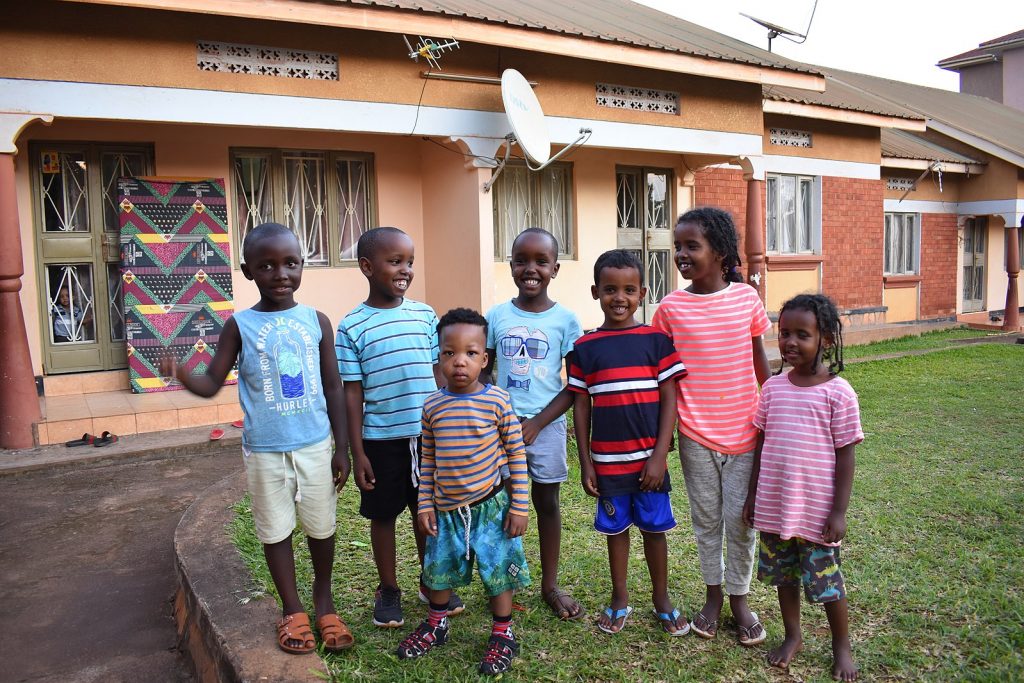
Toddlers’ growth rate is slower than that of infants and is accompanied by a reduced appetite. This change can sometimes be surprising to parents and lead to the development of poor eating habits. However, children between the ages of two and three need 1,000 to 1,400 calories, while children between the ages of four and eight need 1,200 to 2,000 calories (Mayo Clinic, 2016a).

